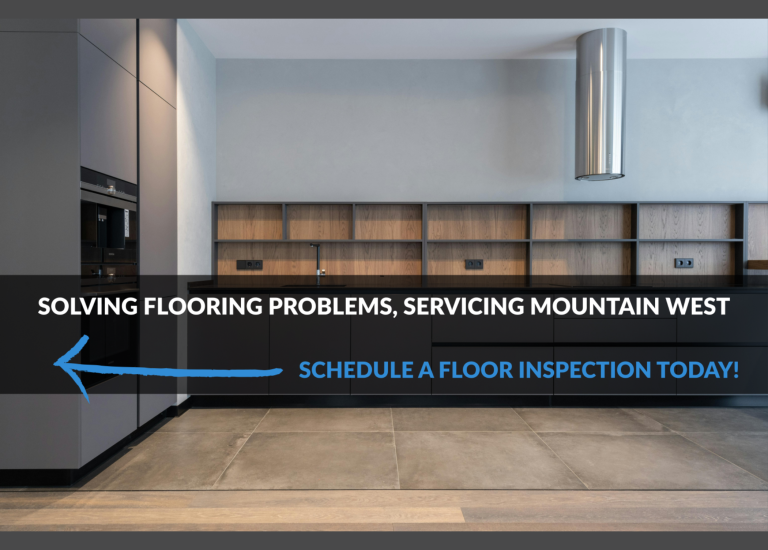"I have come to know Rob personally and professionally and I am very impressed with this man's character and integrity. He places value on character ahead of self. I met some of Rob's crew and he obviously hires top notch workers who care about the service they provide and their customers. From one … [Read More...]

Rob McNealy, Certified Floor Inspector
Frequently Asked Questions About Certified Floor Inspections
What does a certified floor inspector do?
A certified floor inspector is an independent, third-party professional who identifies the root cause of flooring problems such as cupping, gapping, peaking, buckling, delamination, and discoloration.
Using precise measurement tools and industry standards, the inspector determines whether the issue stems from installation errors, manufacturing defects, environmental conditions, or maintenance practices.
Rob McNealy of Flooristics is certified by the National Floor Safety Institute (NFSI), North American Laminate Flooring Association (NALFA), Institute of Inspection, Cleaning and Restoration Certification (IICRC), and International Floor Covering Inspectors Institute (IFCII), and was previously certified by the National Wood Flooring Association (NWFA).
What types of flooring problems can be inspected?
Flooristics inspects virtually all floor covering types and assemblies, including:
Hardwood (prefinished and site-finished) – gapping, cupping, crowning, and finish issues
Laminate and resilient floors (LVP/LVT, VCT, sheet vinyl) – telegraphing, peaking, and adhesive failures
Tile and natural stone – lippage, bond loss, grout cracking, and subfloor deflection
Carpet and carpet tile – wrinkling, seam failure, soiling, and delamination
Concrete and subfloors – vapor emissions, flatness tolerances, and fastener spacing
Each inspection applies applicable ANSI, ASTM, NALFA, IICRC, NWFA, and NFSI standards to identify causes and determine accountability.
How is a certified floor inspection performed?
A typical inspection involves:
1. Visual survey and documentation of site conditions
2. Environmental testing — temperature, relative humidity, and surface moisture
3. Subfloor and substrate evaluation for flatness, levelness, and vapor emissions
4. Material and installation review against manufacturer instructions and standards
5. Photographic and written report detailing findings, test data, and conclusions
All findings are impartial, evidence-based, and suitable for warranty claims, insurance evaluations, or legal documentation.
Why hire a certified inspector instead of relying on the installer or retailer?
Installers, retailers, or manufacturers may have a financial interest in the outcome.
A certified inspector is a neutral expert with no stake in the product or installation.
Hiring Flooristics ensures your inspection is conducted according to recognized standards, using objective test data, not opinions, so you can make informed decisions or present credible evidence in a dispute.
What areas does Flooristics serve?
Certified floor inspection services are available throughout the United States. Warranty services are available in Utah and the surrounding states.
In some cases, remote consultations or national forensic assignments can be arranged upon request.
How do I schedule an inspection?
To schedule an inspection, visit the Flooristics Contact Page or call directly.
We’ll review your situation, define the inspection scope, and provide a written proposal.
All inspections are performed independently and in accordance with the applicable industry and safety standards.


Recent Comments